The American Revolution in Massachusetts stands as a defining chapter in the nation’s history, a crucible of fiery resistance and fervent pursuit of independence.
From the hallowed grounds of Lexington and Concord to the vibrant streets of Boston, the state emerged as the epicenter of revolutionary zeal.
The seeds of dissent sown in Massachusetts, nurtured by influential leaders and fueled by catalytic events, ignited a flame that spread across the thirteen colonies.
This exploration delves into the heart of the American Revolution in Massachusetts, examining the pivotal moments, key figures, and underlying forces that transformed the state into the birthplace of a nation’s fight for freedom.
American Revolution In Massachusetts
The American Revolution, a defining moment in U.S. history, unfolded prominently in Massachusetts, earning the state the moniker “The Birthplace of the Revolution.”
A crucible of revolutionary fervor, Massachusetts bore witness to events that ignited a quest for independence.
Here, we delve into some historical pieces of evidence that underscore the pivotal role of Massachusetts in the American Revolution:
Battle of Lexington and Concord (1775)

The spark that ignited the revolution occurred in Lexington and Concord. British troops sought to seize colonial arms, leading to the first military engagements.
The “shot heard round the world” marked the beginning of the armed conflict, with Minutemen resisting British forces and setting the stage for the broader revolutionary struggle.
Siege of Boston (1775-1776)
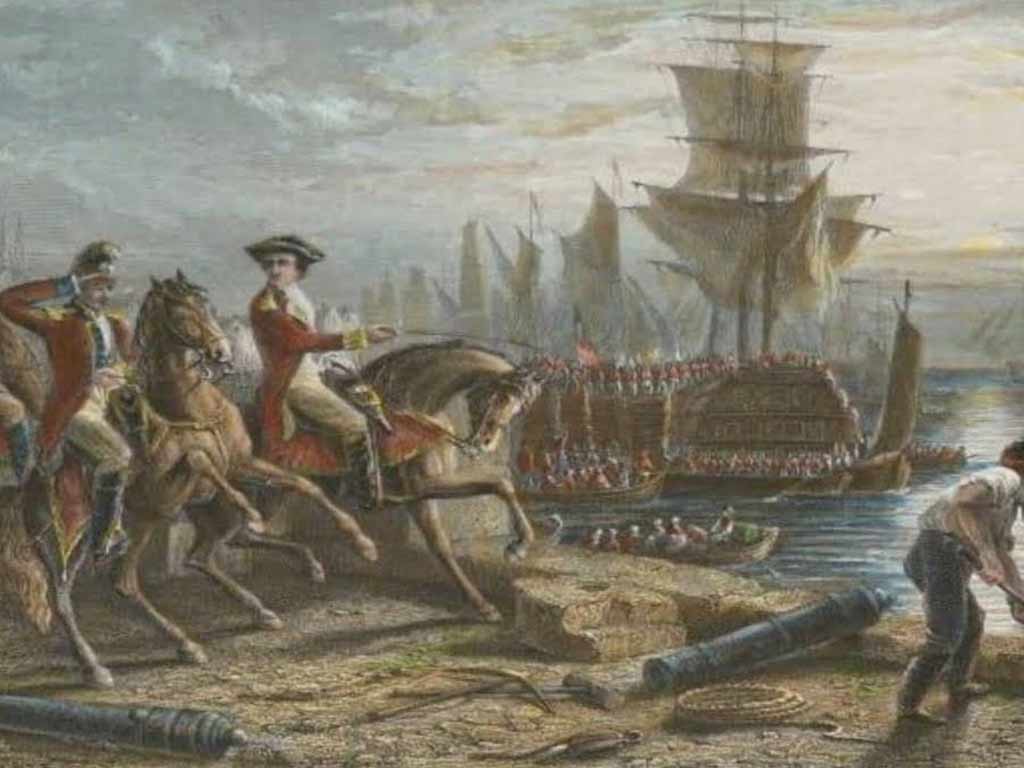
Following the Battles of Lexington and Concord, the Siege of Boston unfolded. Colonists, led by George Washington, surrounded the city, ultimately forcing the British evacuation in March 1776.
The successful siege bolstered colonial morale and set the tone for the pursuit of independence.
The Boston Massacre (1770)
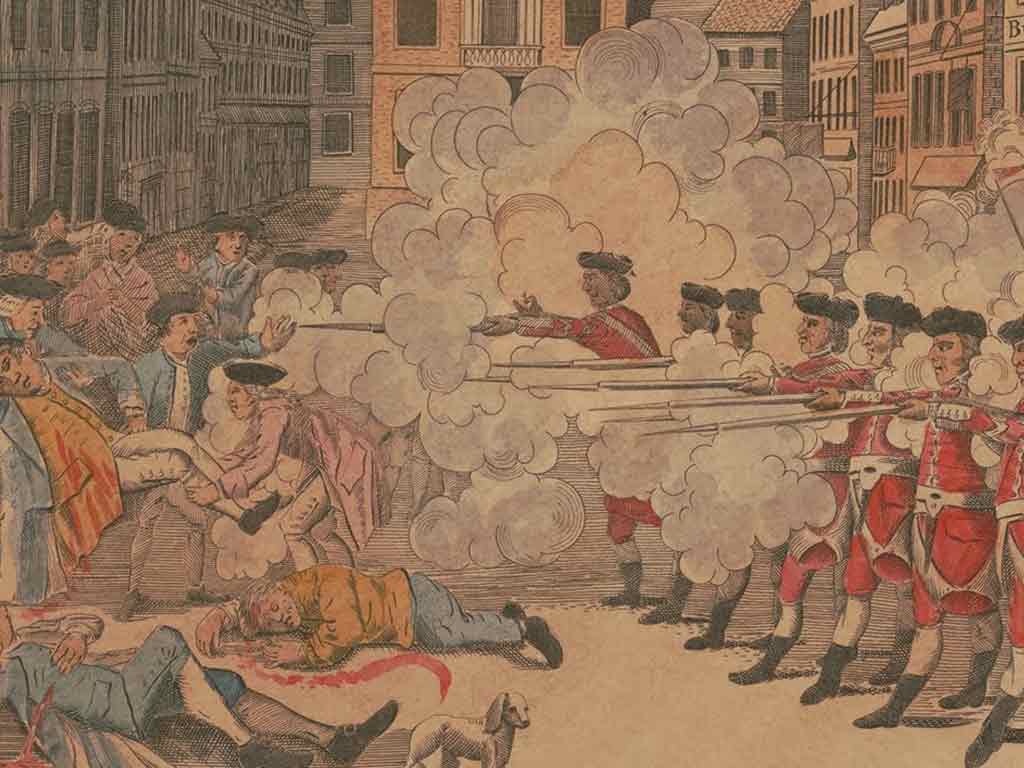
The Boston Massacre, a tragic event on March 5, 1770, heightened tensions between colonists and British soldiers. Five colonists were killed, fueling anti-British sentiments.
The incident became a rallying cry for revolutionaries, contributing to the radicalization of colonial resistance.
Declaration of Independence Signing (1776)
In July 1776, the Second Continental Congress, including prominent Massachusetts figures like John Adams, signed the Declaration of Independence.
Adams’s eloquence and leadership during this pivotal moment solidified Massachusetts’s commitment to the revolutionary cause and the establishment of a new nation.
Bunker Hill Battle (1775)
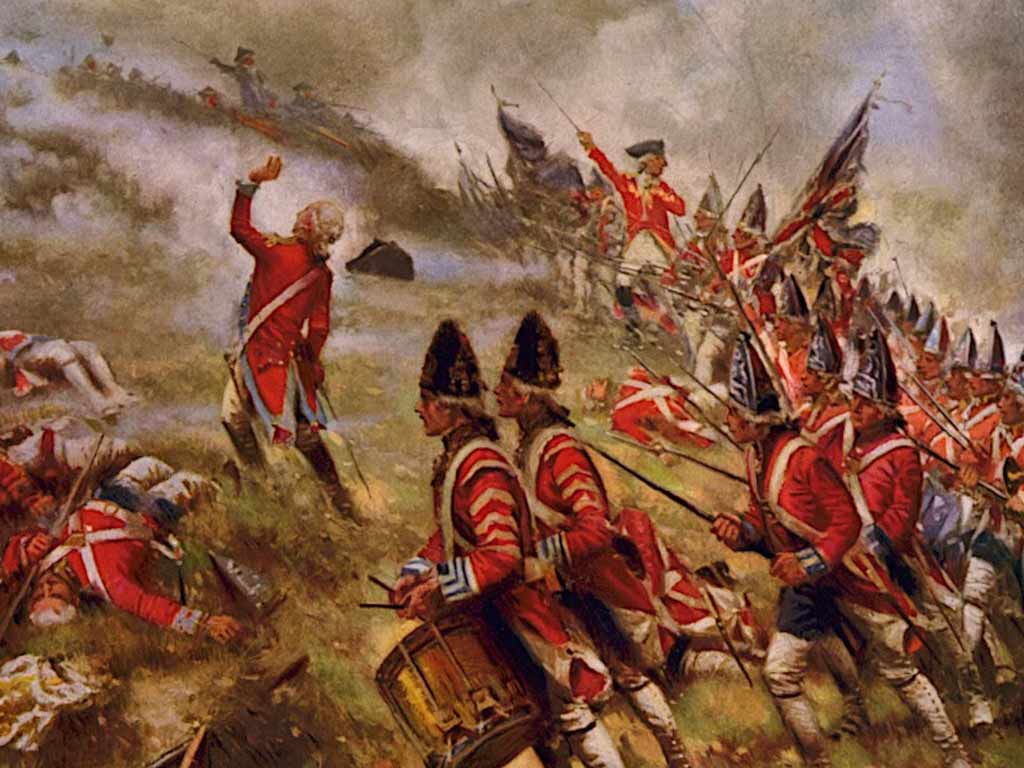
The Battle of Bunker Hill showcased colonial resilience against the British. Although the colonists ultimately withdrew, their tenacity and strategic prowess demonstrated that they could stand toe-to-toe with the powerful British army.
Bunker Hill symbolized the determination that would define the revolutionary struggle.
The Suffolk Resolves (1774)
In response to the Intolerable Acts, Massachusetts convened the Suffolk County Congress, which issued the Suffolk Resolves in 1774. These resolutions rejected British authority and called for the suspension of the royal government, marking an early declaration of colonial defiance and unity against oppressive measures.
Paul Revere’s Midnight Ride (1775)

Paul Revere’s legendary midnight ride in April 1775, alerting colonial militias of British movements, epitomized the spirit of vigilant resistance.
This daring act played a crucial role in the Battles of Lexington and Concord, becoming an iconic symbol of patriotic fervor and colonial determination.
Dorchester Heights (1776)
In March 1776, George Washington orchestrated a strategic move to fortify Dorchester Heights overlooking Boston.
The successful placement of cannons forced the British to evacuate the city, marking a significant victory for the Continental Army and showcasing the importance of military strategy in the revolutionary struggle.
The Massachusetts Circular Letter (1768)
Massachusetts led the charge against the Townshend Acts by drafting the Massachusetts Circular Letter in 1768.
This document, written by Samuel Adams and James Otis, called for colonial unity in resisting taxation without representation, setting the stage for coordinated resistance and establishing a foundation for revolutionary ideals.
Treaty of Paris (1783)

The Treaty of Paris, signed in 1783, formally ended the American Revolution. John Adams, a key Massachusetts figure, played a crucial role in negotiating the treaty, securing recognition of the United States as an independent nation, and solidifying Massachusetts’s contributions to the birth of a new, sovereign republic.
The Intolerable Acts (1774)
The British response to the Boston Tea Party, known as the Intolerable Acts, intensified colonial discontent. In Massachusetts, these punitive measures included the Boston Port Act and the alteration of the colonial government.
The Acts fueled resentment and galvanized colonial resolve against British oppression.
Militia Formation and Minutemen
Massachusetts played a central role in organizing colonial militias, including the iconic Minutemen. The Lexington and Concord militias, comprising local farmers and tradesmen, demonstrated remarkable agility in responding to British actions, highlighting the effectiveness of decentralized military units in the revolutionary struggle.
The Massachusetts Government Act (1774)
One of the Intolerable Acts, the Massachusetts Government Act, altered the colony’s charter, curtailing self-governance. This act, seen as a direct assault on colonial liberties, fueled anti-British sentiments and became a rallying point for revolutionary fervor.
The First Continental Congress (1774)
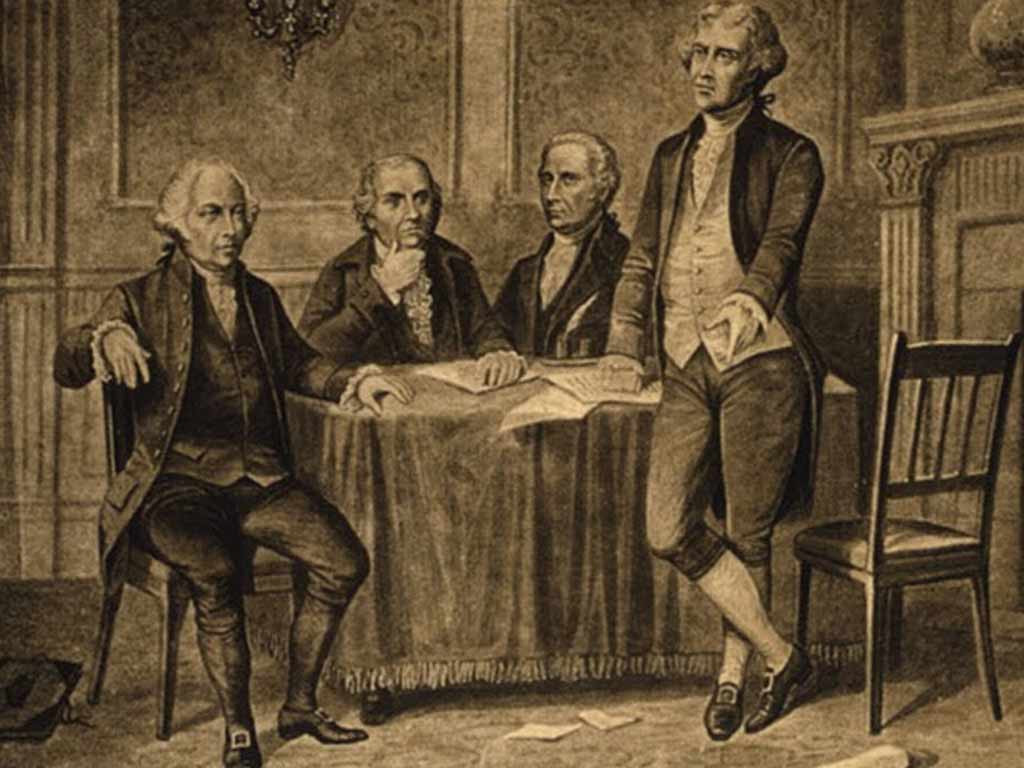
Delegates from Massachusetts played a pivotal role in the First Continental Congress. Samuel Adams and John Adams articulated colonial grievances, laying the groundwork for unified resistance.
The Congress established a Continental Association, promoting economic boycotts and setting the stage for coordinated colonial action.
Creation of the Massachusetts Provincial Congress (1774)
In response to the Massachusetts Government Act, the Provincial Congress was formed as an alternative government.
This revolutionary body, led by John Hancock, managed colonial affairs and demonstrated the resilience of self-governance in the face of British attempts to stifle colonial autonomy.
Why Was Massachusetts The Center Of Revolutionary Activity?
Massachusetts often hailed as the epicenter of revolutionary fervor during the American Revolution, bore witness to a confluence of factors that propelled it to the forefront of colonial resistance.
From pivotal events to influential figures, the state’s centrality in revolutionary activity can be attributed to several key reasons. Here are some:
Intellectual and Political Leadership

Massachusetts boasted a cadre of intellectual and political leaders, including Samuel Adams, John Adams, and John Hancock.
These luminaries skillfully articulated the grievances against British oppression, shaping revolutionary ideology and fostering a spirit of resistance that reverberated across the colonies.
Catalytic Events
The state became the stage for catalytic events such as the Boston Massacre and the Boston Tea Party, which heightened tensions and galvanized colonial opposition.
These incidents crystallized anti-British sentiments, compelling Massachusetts to the forefront of the revolutionary movement.
Local Militias and Minutemen

Massachusetts played a pioneering role in organizing local militias and the iconic Minutemen. These well-trained and agile forces proved instrumental in responding to British actions, exemplified in the Battles of Lexington and Concord.
The existence of such organized resistance showcased the state’s commitment to self-defense and autonomy.
Crisis of Governance
British attempts to assert control through acts like the Massachusetts Government Act fueled a crisis of governance.
The alteration of colonial charters and suppression of self-rule prompted Massachusetts to form alternative governments, such as the Provincial Congress, highlighting the resistance to external imposition and the defense of colonial autonomy.
Strategic Geographical Location
Massachusetts’s strategic geographical location made it a natural hub for revolutionary activity. Its major cities, including Boston, were key ports and economic centers, facilitating communication and coordination.
The state’s proximity to the British power center in Boston and its robust network of towns made it a focal point for colonial resistance.
Boston as a Trade Hub

Boston’s status as a major trade hub amplified its significance in revolutionary activities. The economic importance of the port city meant that British attempts to impose economic restrictions, such as the Intolerable Acts, resonated profoundly, directly impacting merchants and fueling discontent that permeated throughout the colonies.
Role of Print Culture
Massachusetts was a hotbed of print culture, with newspapers and pamphlets disseminating revolutionary ideas. Visionaries like Samuel Adams leveraged this medium effectively, engaging in political discourse and mobilizing public opinion.
The power of the press in Massachusetts became a catalyst for widespread revolutionary sentiment.
Educational Institutions
The presence of esteemed educational institutions like Harvard University in Massachusetts provided a fertile ground for intellectual discourse and the cultivation of revolutionary thought.
The educated elite, with ties to these institutions, became influential leaders who shaped the ideological foundations of the revolution.
Religious Influences
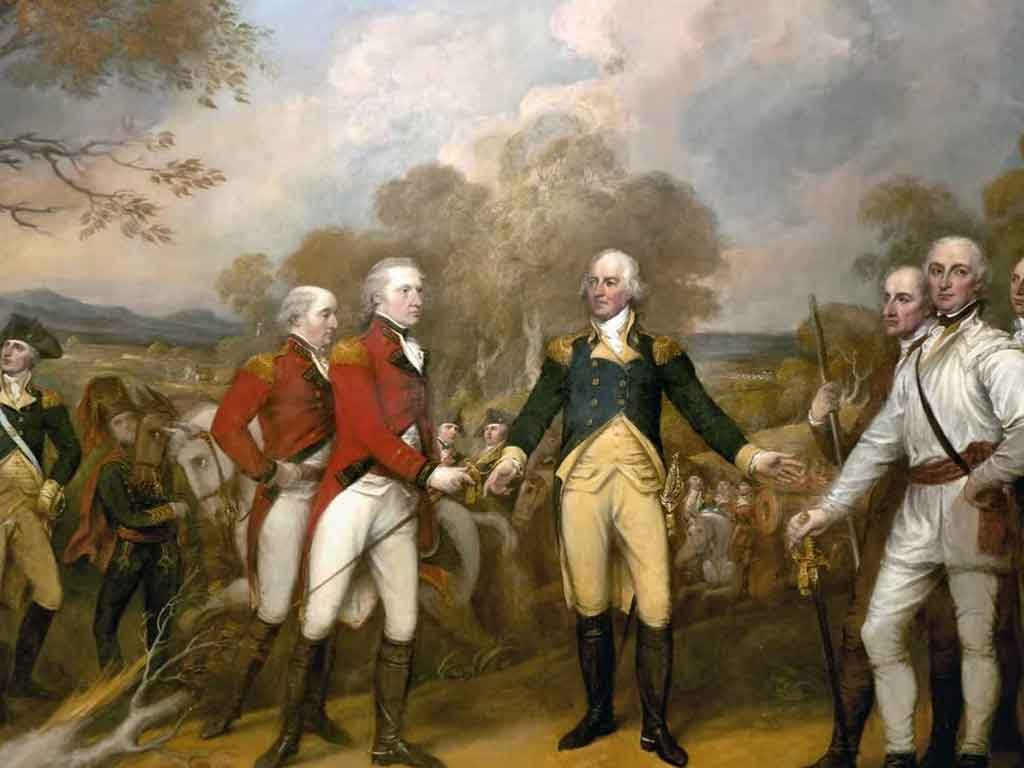
Religious fervor in Massachusetts played a role in revolutionary sentiments. The Congregationalist tradition, prevalent in the state, emphasized individualism and self-governance, aligning with the ideals of the revolution.
The pulpit became a platform for rallying cries against British oppression, merging religious and revolutionary fervor.
Continued Acts of Resistance
Massachusetts continually experienced acts of resistance, ranging from the defiance against the Stamp Act to the establishment of the Committees of Correspondence.
These sustained efforts demonstrated a collective determination to resist British authority and fortified the state’s position as a vanguard in the revolutionary movement.
Massachusetts’ pivotal role in revolutionary activity emanated from the economic, intellectual, educational, religious, and continuous acts of resistance that characterized the state.
The convergence of these factors positioned Massachusetts as the heartbeat of the American Revolution, echoing the sentiments of independence that would resonate throughout the nation.
FAQs
What role did the Boston Tea Party play in the revolution in Massachusetts?
The Boston Tea Party of 1773, a defiant act against British taxation, heightened tensions and galvanized colonial resistance. It marked a turning point, illustrating Massachusetts’s resolve to resist oppressive British measures.
How did Massachusetts organize its militias during the revolution?
Massachusetts organized local militias, including the renowned Minutemen, who played a crucial role in responding to British actions. Their agility and preparedness showcased the effectiveness of decentralized military units.
What catalytic events unfolded in Massachusetts during the revolution?
Massachusetts witnessed catalytic events like the Boston Massacre, the Battles of Lexington and Concord, and the Siege of Boston. These incidents intensified colonial opposition and became rallying cries for independence.
Who were some influential leaders from Massachusetts during the revolution?
Massachusetts produced influential leaders such as Samuel Adams, John Adams, and John Hancock. Their intellectual prowess and political acumen shaped revolutionary ideology and inspired resistance.
How did the revolution impact Massachusetts’s governance and autonomy?
British attempts to control Massachusetts, seen in acts like the Massachusetts Government Act, fueled a crisis of governance. The state responded by forming alternative governments, asserting its autonomy, and resisting external imposition.
Conclusion
The echoes of the American Revolution in Massachusetts reverberate through time as a testament to the resilience, sacrifice, and unwavering commitment of its people to the ideals of liberty.
From the battles fought on its soil to the intellectual fervor that permeated its cities, Massachusetts played a central role in shaping the destiny of the United States.
The legacy of the state’s revolutionary spirit endures a perpetual reminder of the transformative power of collective will in the pursuit of freedom and self-determination.
The story of the American Revolution in Massachusetts remains etched in the annals of history, forever illuminating the path that led to the birth of a new nation.
Jaclyn Lowe